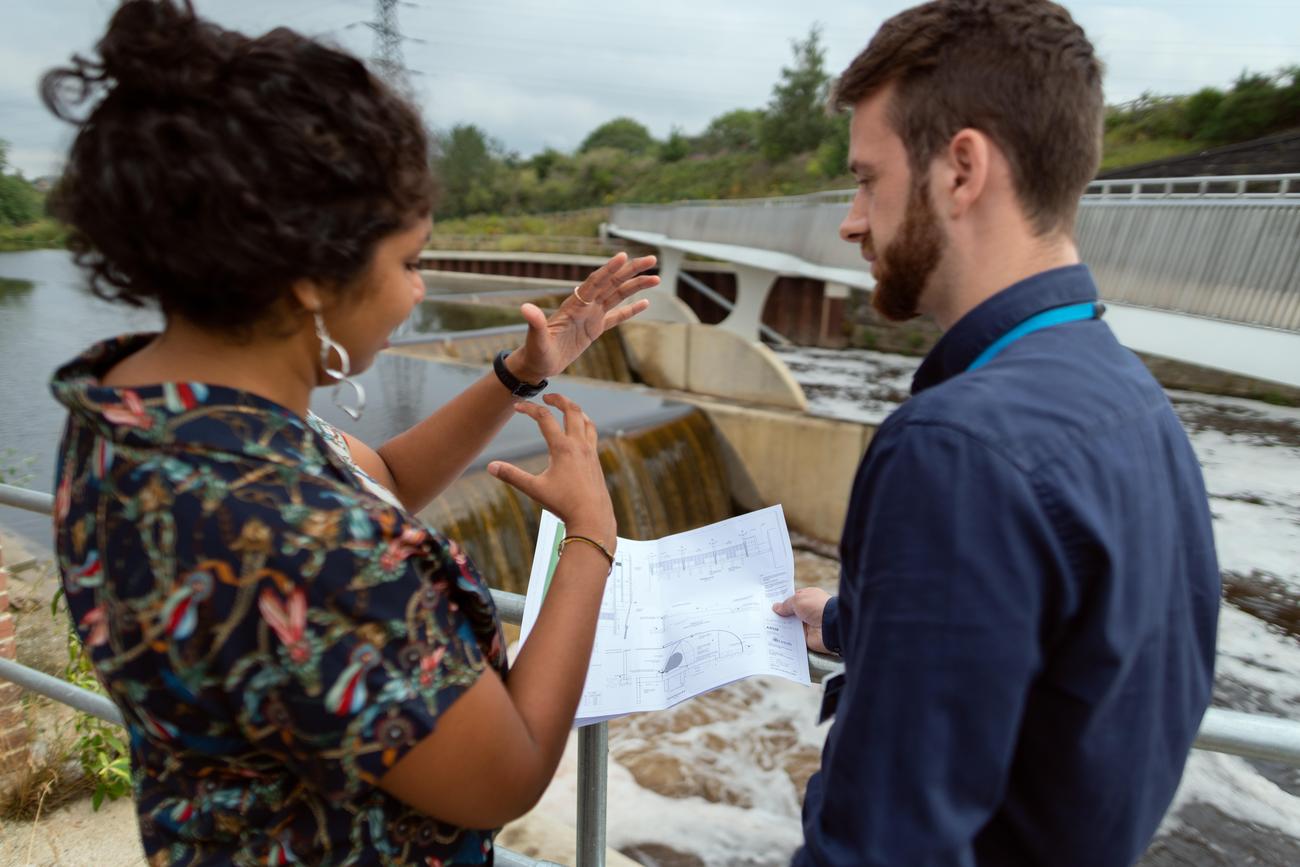Are you ready to take a journey back in time and explore the captivating history of orthodontics? Brace yourself for an enlightening expedition into the evolution of dental irregularity correction and smile transformation. In this article, we will unravel the secrets of orthodontic history, delving into the early practices, notable figures, and the remarkable development of modern techniques. Join me as we dive deep into the fascinating world of orthodontic history and discover the remarkable advancements that have shaped the smiles of countless individuals throughout the ages.

Orthodontic history
Orthodontic treatment has come a long way since its early beginnings. Let’s take a fascinating journey through the orthodontic history and witness the evolution of techniques that have improved smiles worldwide.
Early practices paved the way for modern orthodontics
Orthodontic history dates back thousands of years, with evidence of early attempts to correct dental irregularities found in ancient Egyptian and Roman civilizations. These early practices mainly revolved around the use of precious materials like gold, silver, and even animal intestines to fashion rudimentary dental appliances. However, it wasn’t until the 18th century that orthodontics truly began to take shape.
Advancements in the 18th and 19th centuries
In the 18th century, the French dentist Pierre Fauchard made significant strides in orthodontic treatment. Often referred to as the “Father of Dentistry,” Fauchard developed a device called a “bandeau” to expand dental arches and improve their alignment.
Fast forward to the 19th century, and we see another notable figure in orthodontic history emerge – Norman W. Kingsley. He introduced wire cribs, a predecessor to today’s dental braces, which aimed to correct crowding and align teeth effectively.
Edward Angle and the birth of modern orthodontics
The early 20th century witnessed a pivotal moment in orthodontic history with the contributions of Edward Angle, a renowned orthodontist. Angle played a crucial role in shaping modern orthodontic treatment as we know it today.
Angle developed four distinct appliance systems: the E-arch, Pin and Tube, Ribbon Arch, and Edgewise systems. Each system had its own unique features and advantages, revolutionizing tooth positioning and alignment.
With Angle’s inventions and advancements, orthodontics progressed rapidly, making orthodontic treatment accessible to a growing number of patients.
The evolution of orthodontic appliances
As orthodontic history progressed, there was a significant shift in the types of orthodontic appliances used. Removable appliances, which patients could take on and off, were popular initially. However, these were later replaced by fixed appliances that stayed bonded to the teeth throughout the treatment process.
Fixed appliances, derived from the edgewise appliance approach, featured round wires before transitioning to rectangular archwires. The use of rectangular archwires significantly improved tooth alignment, enabling more precise treatment and better results.
Start treatment early for better outcomes
Orthodontic treatment is most effective when started at an early age. Why? Because during childhood and adolescence, our bones are still growing and can be more easily adjusted. This window of opportunity is crucial for achieving optimal results without the need for more invasive interventions.
From braces to corrective surgeries
While braces remain the most common orthodontic treatment option, there are cases of severe malocclusion that may require additional intervention. In such instances, jaw surgery may be incorporated into the treatment plan alongside orthodontic appliances. This combination can help address complex jaw and alignment issues, leading to improved function and aesthetics.
Embrace the journey of orthodontic history
The evolution of orthodontics has been nothing short of remarkable. From ancient practices using unconventional materials to the advent of complex appliance systems, orthodontic treatment has made tremendous strides. Thanks to the dedication of orthodontists throughout orthodontic history, we now have more comfortable, effective, and efficient methods for correcting dental irregularities and creating beautiful smiles.
So, let’s marvel at the wonders of orthodontic history and appreciate how far we’ve come in achieving healthier, more harmonious smiles.
“Orthodontic history has witnessed remarkable advancements, from early practices in ancient civilizations to the groundbreaking inventions of Edward Angle. These milestones have paved the way for modern orthodontics, allowing us to provide optimal treatment and improve smiles worldwide.”
Did you know that orthodontics is not just about straightening teeth? There are so many fun facts about orthodontics that you probably didn’t know! From ancient dental devices used to correct teeth alignment to modern braces and aligners, the history of orthodontics is truly fascinating. If you’re curious to learn more about fun facts about orthodontics, click here: fun facts about orthodontics. You won’t be disappointed!
Orthodontic history is a fascinating journey that has seen the Evolution of orthodontic appliances, Early orthodontic techniques, and Orthodontics throughout the ages. Delving into the roots of orthodontics can uncover incredible advancements that have been made in the field over time. From the innovative appliances that have revolutionized the industry to the early techniques that laid the foundation for modern orthodontics, there is much to explore. Follow the breadcrumbs of history and click here to learn more about the Evolution of orthodontic appliances. If you’re curious about the techniques employed in the early days of orthodontics, click here to discover the secrets of Early orthodontic techniques. Finally, for a comprehensive look at how orthodontics has evolved throughout the ages, click here to explore Orthodontics throughout the ages. Join us in retracing the steps of orthodontic pioneers and uncovering the remarkable progress that has shaped the field.
important to note that orthodontics has come a long way from its early practices involving the use of precious materials like gold, silver, and animal intestines. In the 18th century, Pierre Fauchard, often referred to as the father of modern dentistry, developed a device called a “bandeau” to expand dental arches and alleviate crowding. This device, shaped like a horseshoe, was attached to the teeth using wires.
[youtube v=”HFX1R8Cj7k0″]
Another significant figure in the history of orthodontics is Norman W. Kingsley, a New York dentist who introduced wire cribs in the 19th century. These wire cribs were used to separate crowded teeth using wooden wedges, and they served as a predecessor to dental braces. Kingsley also gained recognition for his advancements in dental prosthesis, particularly for individuals with cleft palates.
However, it was Edward Angle who played a crucial role in the birth of modern orthodontics. He established the first school of orthodontics in the world in St. Louis in 1899, formally establishing orthodontics as a specialty. Angle developed four distinct appliance systems that revolutionized the field of orthodontics. He also introduced the classification of malocclusions into three classes, which is still widely used today.
The evolution of orthodontic appliances continued to progress throughout the years. In the early 1900s, braces made of gold, platinum, steel, and rubber were used. These braces wrapped completely around the teeth since the adhesive for modern brackets had not yet been invented. Steel eventually became the preferred material over gold due to its cost-effectiveness.
Notably, NASA also played a role in brace technology in the late 1950s. They developed an alloy called nitinol, which combined nickel and titanium. Dr. George Anderson started using nitinol for brace wires due to its super elasticity, leading to reduced costs and discomfort. The mid-1970s marked the introduction of modern brackets, thanks to the perfection of an adhesive that effectively bonded the brackets to teeth. Lingual braces, which can be placed on the inside surface of the teeth, were also introduced during this time.
Invisible braces, a concept that began in 1945, gained popularity in 1997 with the invention of the Invisalign method by Pakistani American inventor Zia Chishti. This method utilized computer imaging to create a series of removable plastic appliances for tooth adjustment.
Modern orthodontics, although occasionally unpleasant, has made tremendous strides since the 1800s. With standardized techniques and the development of new appliances, achieving the perfect smile has become much easier. Braces have become a cultural phenomenon, particularly in the United States, where cosmetic dentistry is the second leading non-surgical beauty industry after makeup. Moreover, advancements in understanding jaw growth have made it possible to fix nearly any kind of malocclusion, regardless of severity.
In conclusion, the history of orthodontics is a testament to human ingenuity and the desire for a more aesthetically pleasing smile. From ancient practices utilizing gold wires and animal intestines to the modern techniques involving invisible braces, orthodontics has evolved significantly. The field continues to advance, bringing hope to individuals who seek to correct dental irregularities and achieve the smile they desire.

FAQ
Question 1
What is orthodontics?
Answer 1
Orthodontics is a dentistry specialty that focuses on diagnosing, preventing, managing, and correcting mal-positioned teeth and jaws.
Question 2
How common are malocclusions?
Answer 2
Malocclusions, or abnormal alignment of the teeth and jaws, are very common, affecting nearly 50% of the developed world’s population.
Question 3
What does orthodontic treatment involve?
Answer 3
Orthodontic treatment often involves the use of dental braces and other appliances to gradually adjust tooth position and jaw alignment.
Question 4
What is the evolution of orthodontic appliances?
Answer 4
The evolution of orthodontic appliances has seen a shift from removable appliances that can be taken on and off by the patient to fixed appliances that remain bonded to the teeth during treatment.
Question 5
Who was Edward Angle and what were his contributions to orthodontic treatment?
Answer 5
Edward Angle, an early 20th-century orthodontist, made significant contributions to orthodontic treatment, including the creation of four appliance systems: E-arch, Pin and Tube, Ribbon Arch, and Edgewise systems. Each of these appliance systems had its own unique features and advantages in tooth positioning and alignment.
- Unlock 6000+ words beginning with he: A comprehensive analysis - April 20, 2025
- Mastering -al Words: A Complete Guide - April 20, 2025
- Master Scrabble: High-Scoring BAR Words Now - April 20, 2025
















